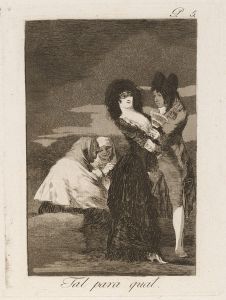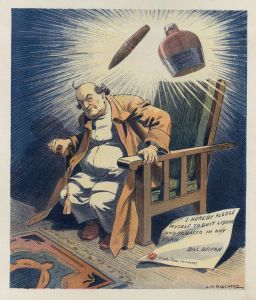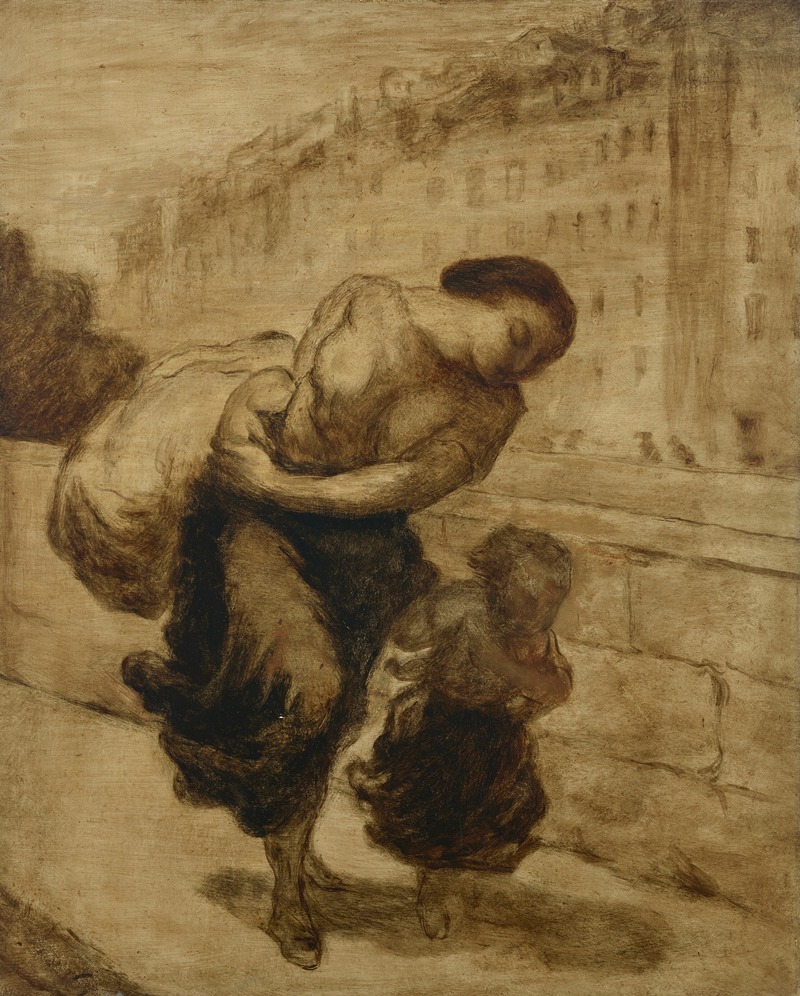
Le Fardeau
A hand-painted replica of Honoré Daumier’s masterpiece Le Fardeau, meticulously crafted by professional artists to capture the true essence of the original. Each piece is created with museum-quality canvas and rare mineral pigments, carefully painted by experienced artists with delicate brushstrokes and rich, layered colors to perfectly recreate the texture of the original artwork. Unlike machine-printed reproductions, this hand-painted version brings the painting to life, infused with the artist’s emotions and skill in every stroke. Whether for personal collection or home decoration, it instantly elevates the artistic atmosphere of any space.
Honoré Daumier, a prominent French artist known for his caricatures, paintings, and sculptures, created the artwork "Le Fardeau" during the 19th century. Daumier's work often reflected his keen observations of social and political life in France, and "Le Fardeau" is no exception. The title, which translates to "The Burden," suggests themes of struggle and hardship, common motifs in Daumier's oeuvre.
Daumier was born in Marseille in 1808 and moved to Paris with his family in 1816. He began his career as a lithographer and gained fame for his satirical caricatures that critiqued the political climate of his time. His work appeared in various publications, including the renowned French newspaper "Le Charivari." Daumier's art often targeted the bourgeoisie, government officials, and the legal system, earning him both acclaim and controversy.
"Le Fardeau" is a painting that exemplifies Daumier's ability to convey complex social issues through simple yet powerful imagery. The artwork depicts a figure, often interpreted as a working-class individual, carrying a heavy load. This imagery is emblematic of the struggles faced by the lower classes in 19th-century France, a period marked by significant social and economic upheaval. The Industrial Revolution had transformed the landscape of labor, leading to harsh working conditions and widespread poverty among the working class.
Daumier's use of light and shadow in "Le Fardeau" highlights the physical and emotional weight borne by the figure. The composition draws the viewer's attention to the burden itself, emphasizing its size and the effort required to carry it. This focus on the individual's struggle serves as a poignant commentary on the broader societal issues of inequality and exploitation.
The painting is characterized by Daumier's distinctive style, which combines realism with expressive exaggeration. His brushwork is often loose and dynamic, capturing the movement and tension inherent in the scene. Daumier's ability to infuse his subjects with a sense of dignity and resilience, despite their hardships, is a testament to his empathy and understanding of the human condition.
While Daumier is primarily celebrated for his lithographs, his paintings, including "Le Fardeau," offer valuable insights into his artistic vision and social commentary. His work continues to be studied and appreciated for its historical significance and its ability to resonate with contemporary audiences.
"Le Fardeau" is housed in a collection that preserves Daumier's legacy, allowing viewers to engage with the themes and issues that were central to his work. Through this painting, Daumier invites reflection on the enduring struggles of the working class and the societal structures that perpetuate such burdens.
In summary, Honoré Daumier's "Le Fardeau" is a compelling representation of the challenges faced by the working class in 19th-century France. Through his masterful use of composition, light, and form, Daumier captures the essence of human struggle and resilience, making "Le Fardeau" a significant work in the canon of social realist art.





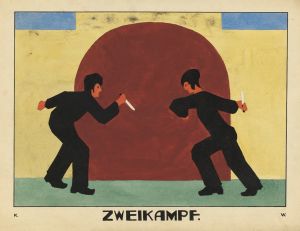




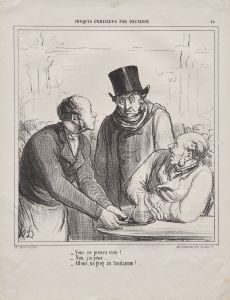
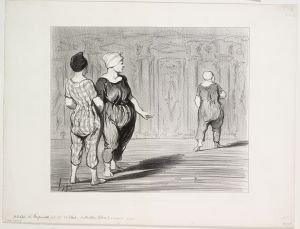
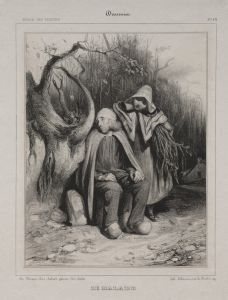
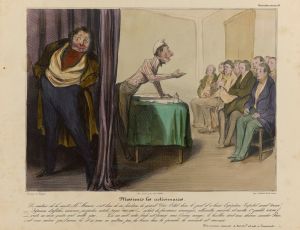

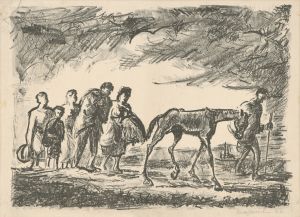
![She Who Is Ill Wed Never Misses a Chance to Say So [Disorderly Folly]](/imgs/264653/s/francisco-de-goya-she-who-is-ill-wed-never-misses-a-chance-to-say-so-disorderly-folly-4545d327.jpg)
